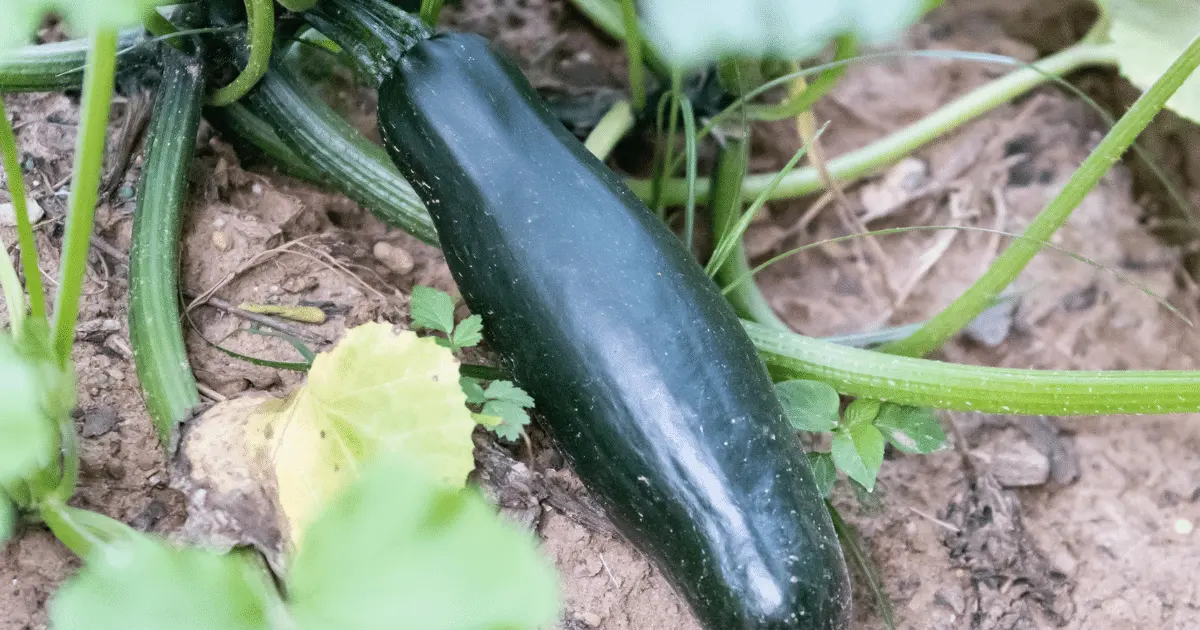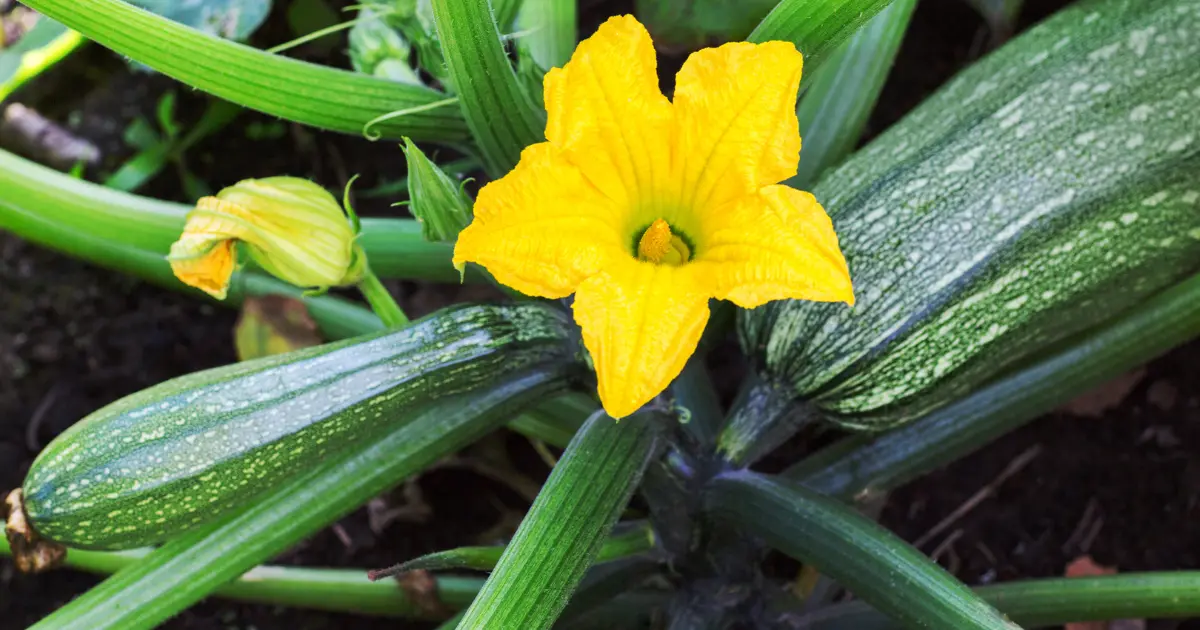Zucchinis are a vital source of nutrients. They contain a good amount of folate, potassium, provitamin A, and Vitamin C; they are also high in antioxidants and help promote healthy digestion. But nutrients and antioxidants are not the only reason zucchinis are good for you. They have more fluids than most fruits and veggies, with water making up more than 90% of their composition. Hence, they are not only filling but are also hydrating.
Considering its many benefits, it is no wonder that many would love to have these beautiful vegetables readily available. One way of going about this is by growing zucchinis in a pot.
How to Grow Zucchini in a Pot

When growing zucchinis, remember that this plant needs a minimum of 6 hours of exposure to sunlight and moist soil rich in organic matter. You should also note that all species grow differently; some do well in confined spaces like a pot, while others need a lot of room to sprawl and are unsuitable. To help you successfully grow Zucchini in a pot, here are some helpful steps you can take.
Step one: Right Timing
It is best to calculate timing before planting Zucchini. They need a minimum temperature of 60 to 70 degrees Fahrenheit to germinate. You can grow the plant indoors for at least a month before transferring it to outside pots when the weather is warmer.
Step Two: Choose the Right Varieties
Choosing the best species is one of the most critical steps when growing Zucchini in a pot because some zucchini grow more extensive roots than others, and the huge ones perform poorly when grown in a pot. The best way would be to choose more miniature or dwarf varieties. You could select from a raven, max’s gold, a cube of butter, spacemiser, and other zucchini varieties.
Step Three: Choosing the Right pot size
A pot of about 12 to 16 inches deep should be able to do the job well since Zucchini usually have shallow roots. However, Zucchini needs all the nutrients they can get to grow well, which means that the bigger the pot, the better.
Depending on your pot size, you could place three to four zucchini plants per pot. A wooden planter or other natural material for the pot would be a great choice. But no matter the type of pot you choose to use, make sure there are drainage holes at the bottom of the pot to avoid waterlogging.
Step Four: Potting mix
It is perfect for selecting the right potting mix or soil for planting your Zucchini, as this will also determine if it will do well. Your potting mix should contain loam, compost, and possibly, leaf mold made from fallen leaves. You can make your potting mix at home.
Step Five: Choose the Right spot for your pot
Zucchini needs a lot of sunlight, so you need to place your pot where it can have a good supply of light. The good thing about planting Zucchini in a jar is that you can move the pot if you feel its current location isn’t getting the plant adequate sunlight.
During a change in seasons, you can move your pot to locations around your garden that would get more sunlight. To make this work, you would have to be observant. Also, remember zucchinis can grow beyond the confines of the selected container, irrespective of the variety you choose, so you have to make room for that.
Step Six: Watering Routine
Zucchini likes plenty of water and a relatively moist environment, but you must strive to avoid water logging. Consider humidity and temperature to determine how often you should water your plant. So every day may well be different. An excellent way to know whether or not to water your plant is to check the top two inches of soil. If it feels dry, you know you need to water deeply, allowing water to flow out of the base of your pot. Remember that you aim to water the soil, not the flower.
Step Seven: Support your Zucchini Plant
To get the best of your available space, consider using stakes, trellis, or tomato cage-like structures to corral your plants.
Step Eight: Plant Companion Plants in your Garden
Companion plants near your pot could help attract bees and other pollinators to improve your zucchini plant, and they could also help to attract insects that prey on pest species. So you can plant companion plants like radishes, borage, and other companion plants that come to mind.
Caring for Zucchini Plant in a Pot

Water your Zucchini constantly, although be careful to check the soil moisture and vary your watering schedule accordingly. In cooler seasons, you can water the Zucchini once a week.
Use a natural pesticide to take care of your Zucchini, as they are prone to pests like squash bugs, cucumber beetles, and vine borers. Critters and larger animals also attack young zucchinis. To prevent them from damaging your crops, use a fence or a net around the perimeter of your garden.
Make weeding a daily routine, as it is essential for the overall health of your vegetables. You can do it in the morning when the soil is damp, and the weeds are still easy to remove; this helps to prevent fungus from infecting your plant.
If there is no improvement in your plant or you notice that the plants are dying, try hand pollination. To do this, you have to identify the male flowers, which usually have a single stem and do not produce fruit, and the female flowers, which have multiple branches and a zucchini-shaped base. Once you separate them like this, gently rub the pollen from the male flower onto the female flower’s stigma; if you do this well, the plant will regain vitality.
Zucchinis are nutritious plants that are easily grown if you can put in a little effort. They require a good soil mixture and a large jar to spread their roots properly. They are also susceptible to pests and perform poorly under freezing temperatures, so you would want to be alert and careful about the time you plant them. However, they usually yield well, so they are worth the effort in the end.
